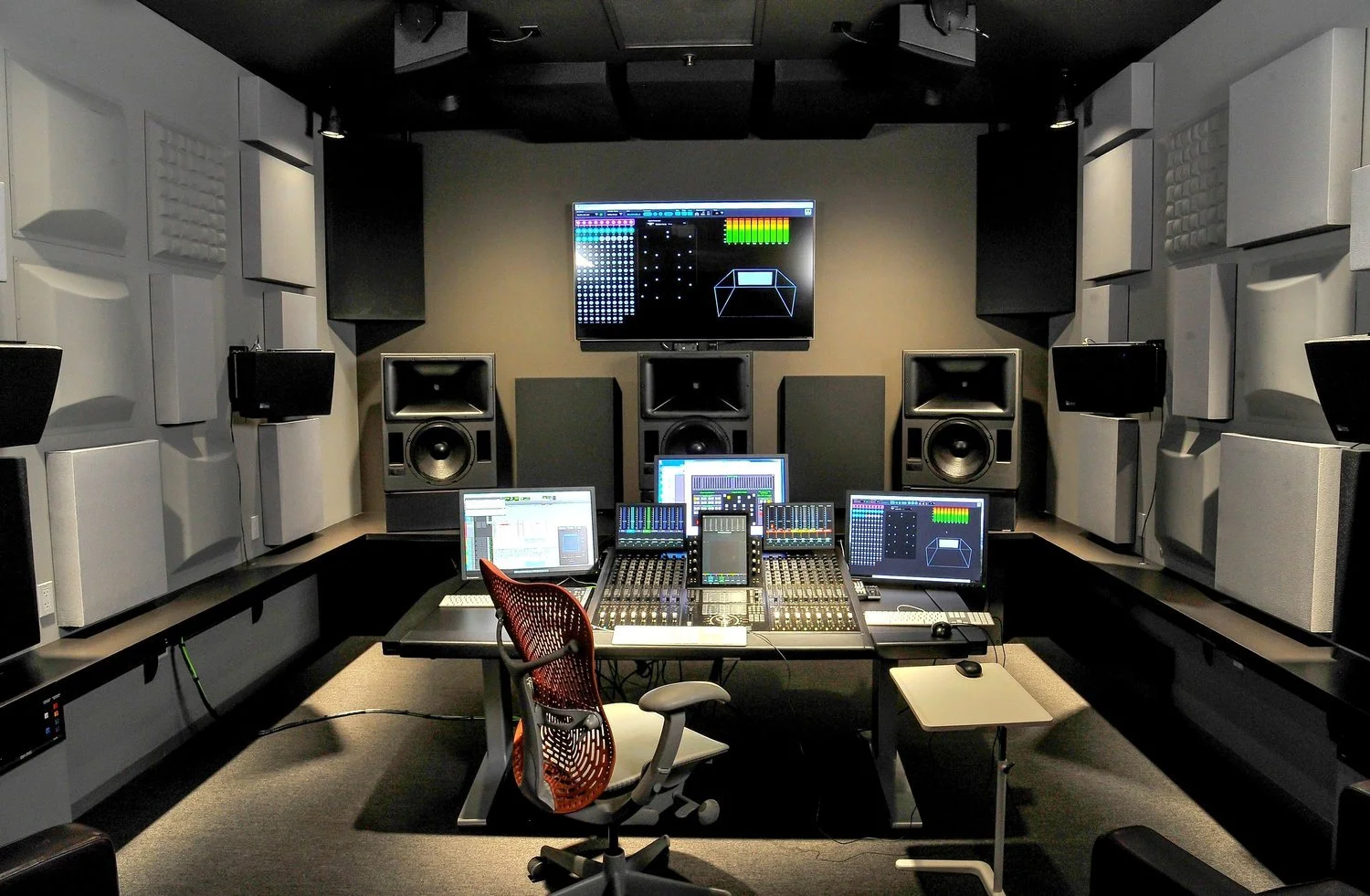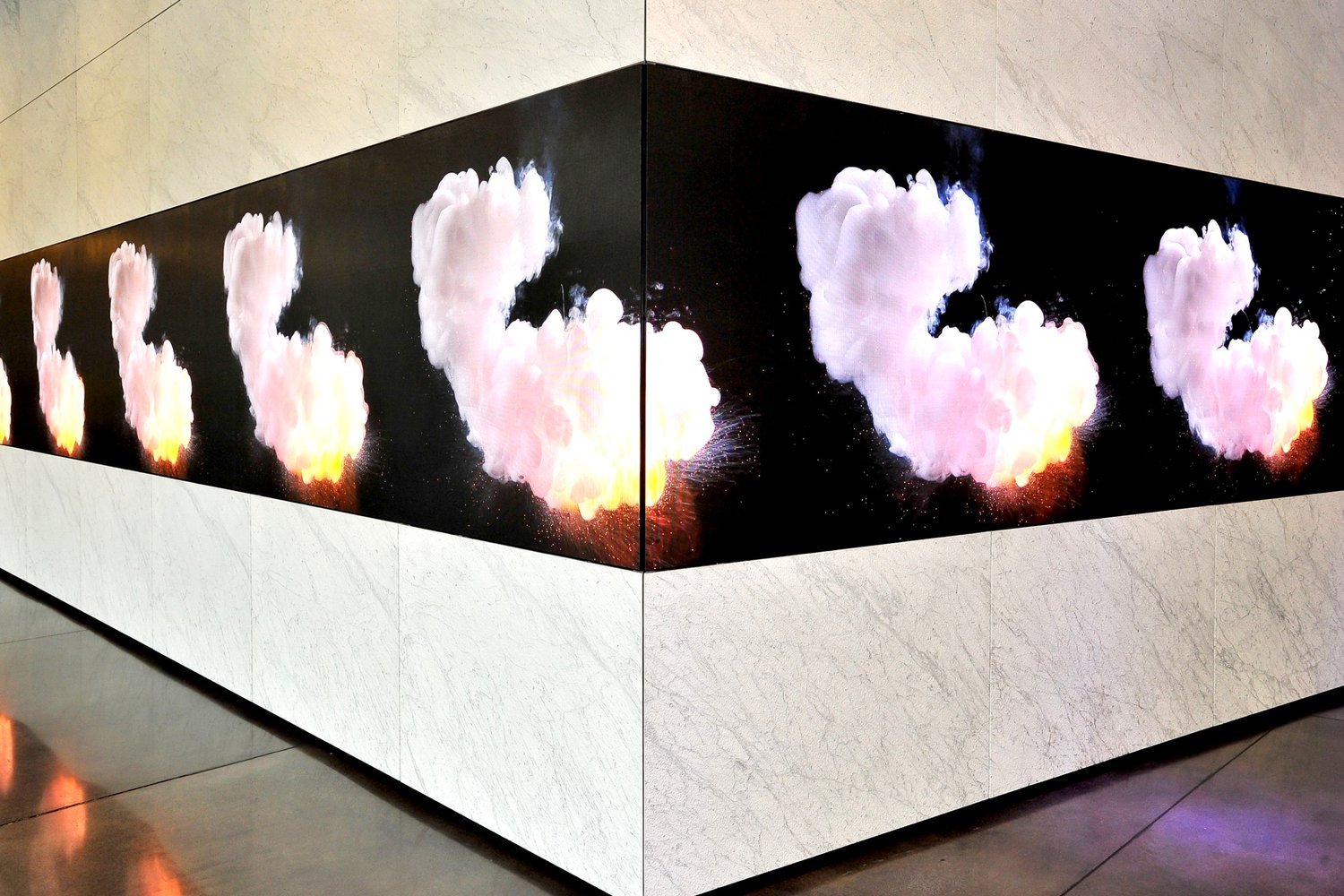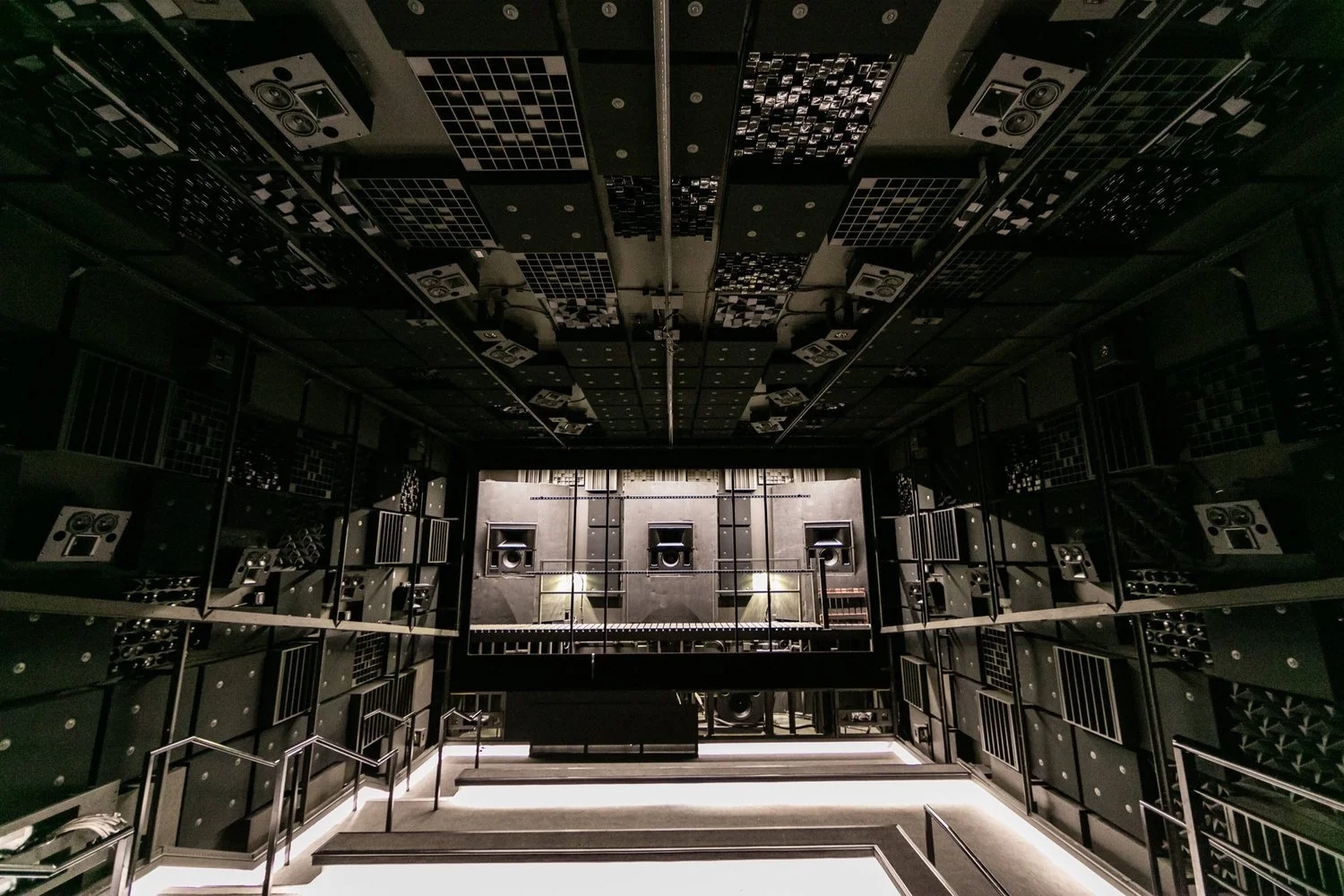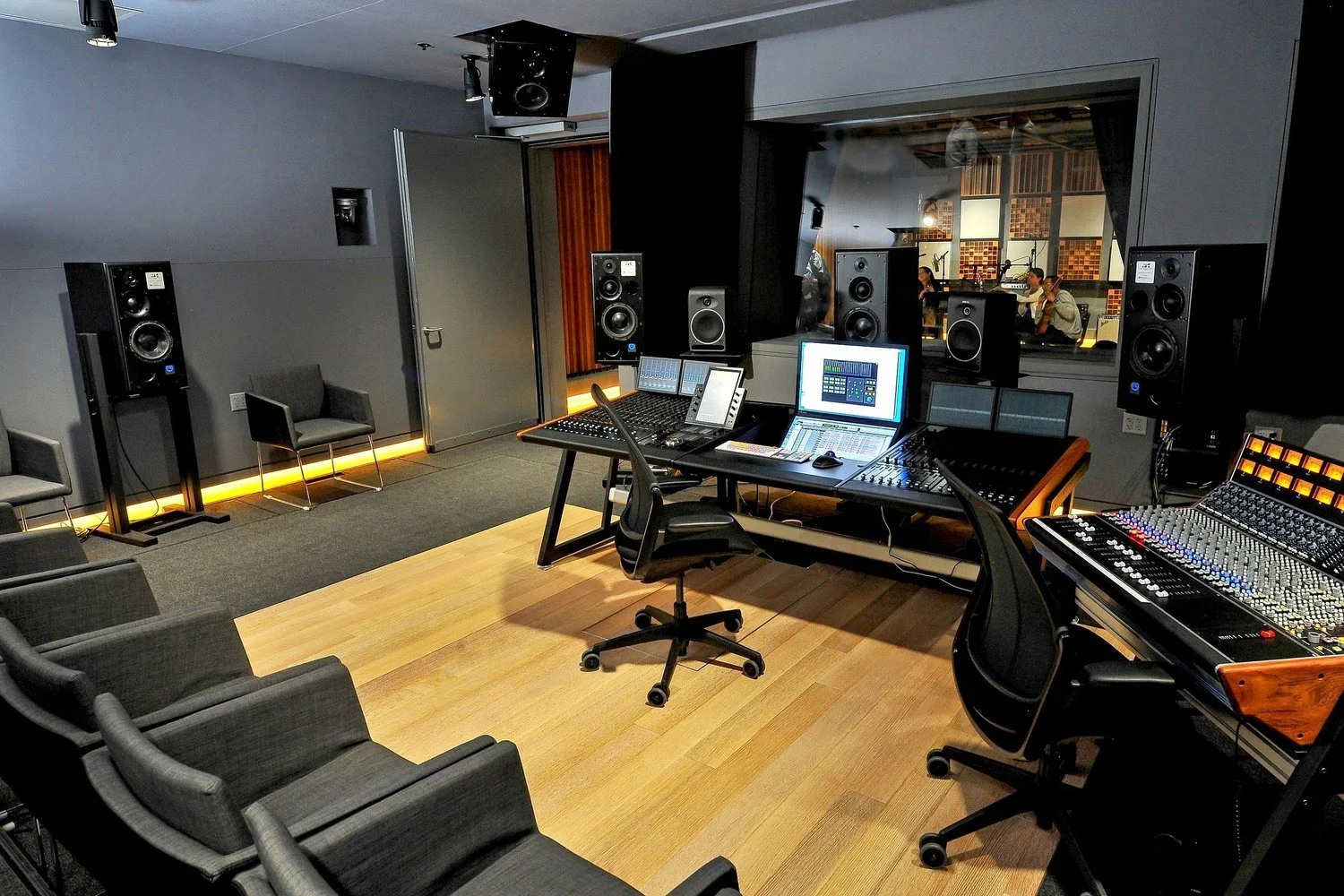Dolby Labs Wanted to Innovate.
Bug ID Made It Happen.
Bug ID’s relationship with Dolby Labs began around 2010, when the company was developing technology that would propel multi-channel audio well-beyond the then-prevailing 5.1 and 7.1 standards.
“Though the first theatrical release of Dolby Atmos was still a few years away, Dolby knew it was onto something special, and they needed a multi-channel lab to bring it to fruition,” says Bug ID owner Matt Lavine. “We were contracted to create a pioneering environment for experimentation, one that incorporated the new Dolby Atmos technology into the existing NHK 22.1 format that had been a company standard.”
At the time, Dolby was also hard at work developing Dolby Vision, its new cinematic visual standard. To meet the Dolby teams’ needs, Bug ID designed and built an installation that included a laboratory screening room, a permanent non-lab viewing environment, color grading room and an audio suite for mixing.
It was this facility in Sunnyvale, California that saw the world’s first dedicated Atmos screening room that also had Dolby Vision.
Bug ID’s next assignment for Dolby Labs took the relationship to a whole new level.
The company had just moved its headquarters to a high-rise in San Francisco and its engineers needed….well, everything.
“It was our biggest project to date. Bug ID spent a full year on design for this 16-story, 300,000-square-foot facility and the more than 100 labs it housed,” says Lavine.
Among the facilities Lavine and team designed and integrated were testing labs for broadcast standards, screening rooms, color grading rooms and a Meyer Constellation “Sensory Immersion Room” that employed more than 100 speakers and microphones for virtual acoustics research.
In the Bio-Physical Lab, Bug ID provided technology that was key to collecting data on physiological, neurological and multisensory responses to the impact of changes in video resolution and luminance.
In addition to the research facilities, Lavine also helped to create standards-critical listening labs along with small, medium and large living room-environments where everything from luminance to Atmos plug-in development could be tested in real-world settings. Moreover, Bug ID worked on distinct environments for home, mobile, tablet gaming, VR and associated consumer-centric markets. Facilities for Dolby’s Cinema division included two Atmos mixing/authoring rooms, 10 bays for digital projection and two Content Creation Labels with full-blown dub stages. And for the Marketing Department, Bug ID worked on a recording studio, VIP Demo Room, and production and post for Dolby-generated materials.
In the lobby, Bug ID created a custom Silicon Core 62’ x 8’ LED wall, bisected by a 90-degree corner. “The imaging was amazing, but just as impressive was the actuator system we designed to enable service and support. It automatically moved the entire LED wall out by five feet, then sucked it back in,” says Lavine.
Also in the lobby: A 98-channel Meyer speaker system that enabled sound- and vision-scapes that were commissioned by leading visual artists. “You could follow a bee buzzing along the entire 62 feet of the display, and the audio would match it,” Lavine explains. “We designed the infrastructure and system for the artists to create content, and we gave them the tools for playback.”
The entire Dolby headquarters project took nearly two years to integrate following the one-year design period. “When it debuted, MIMX magazine showcased our work in an article headlined ‘Dolby’s New San Francisco HQ: A Dynamic System Design to Serve Art and Science.”
Creating a standard for the future.
As impressive as the various components of the headquarters were, Lavine and team influenced more than individual room design. Dolby turned to Bug ID to standardize the tech and infrastructure for their engineers company wide. “Each facility had unique features, serving the specific needs of various business groups, but if an engineer went from one group to another, it was important for the facility to respond in a uniform way. Consequently, we developed system integration standards for the entire ecosystem,” explains Lavine.
Since the Dolby headquarters was completed in 2017, Bug ID has continued to lend its expertise to Dolby, most recently by designing a new R&D visual imaging studio, including power, acoustic treatments, cabling and integration standards.
“The longevity of our relationship speaks for itself, but it’s not just the amount of work we’ve done for Dolby Labs that I’m proud of, it’s the pioneering nature of our solutions,” continues Lavine. “For Dolby’s toughest media services challenges, they rely on Bug ID to imagine and engineer their path forward.”




